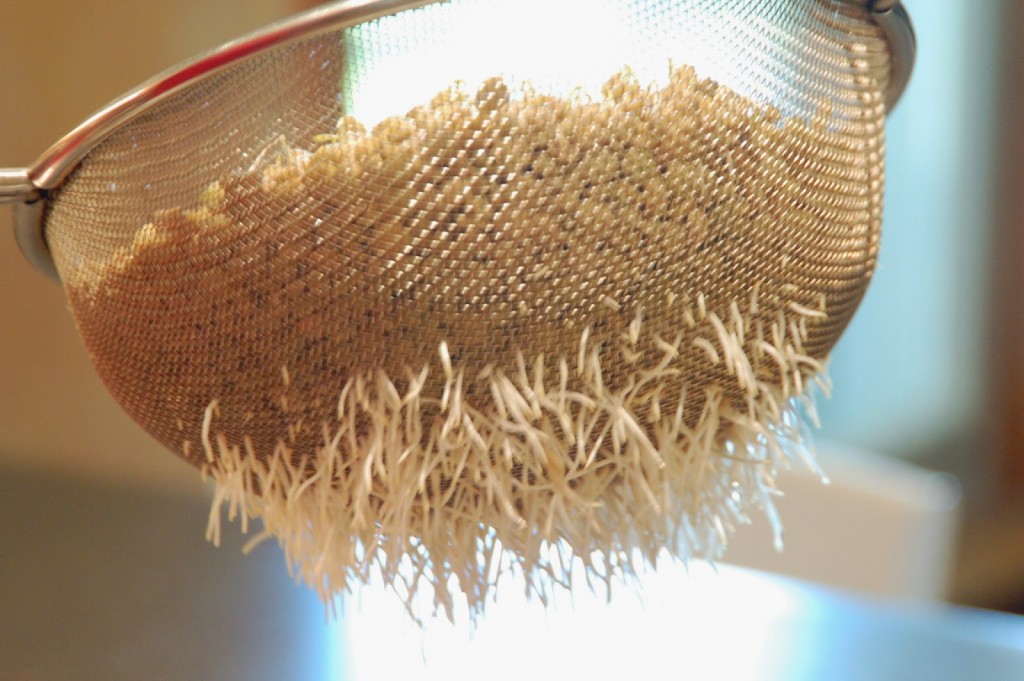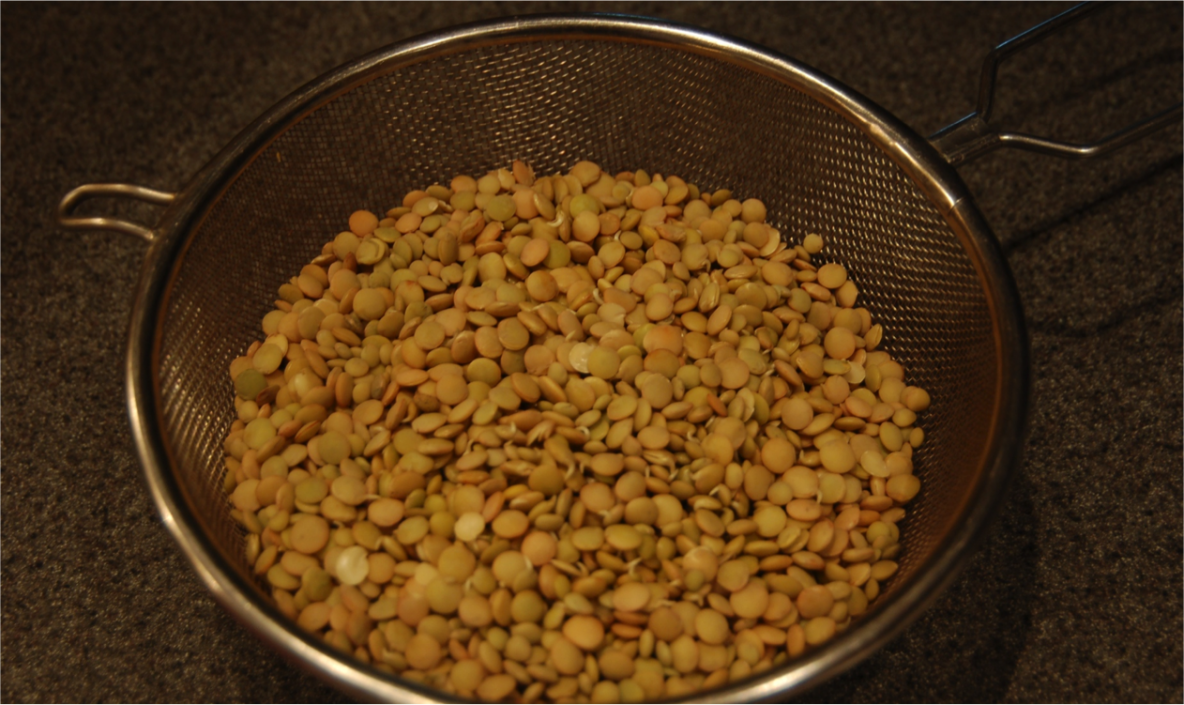Many people are very afraid of beans! They tell me that they cannot eat them due to the unfortunate bodily issues that arise later on. That is a real shame, as beans are very nutritious – a great source of fibre, protein, vitamins, minerals, antioxidants and complex carbohydrates. They help with weight maintenance also, since they help you feel full.
I am here to tell you that you can enjoy beans and do not have to suffer this way. You can eat beans without any flatulence at all! There are a few little known, secret to most, yet traditional methods to ensure their digestibility. I eat beans every day and never have any issues when I follow the following procedures. What is great about beans as a carbohydrate source is the high amount of protein that is provided as well.
When preparing beans properly, it is necessary to think ahead a little (just like you would for defrosting meat) but the steps are not time consuming. It will take just a few minutes of hands-on work to get your beans ready to cook:
1. Buy organic beans or seeds. Non-organic beans will not germinate. Neither will split peas or lentils (dal) as they have had their outer hull removed. Cooking these without soaking will result in less gas than other beans/seeds but may be more gassy than soaked whole beans or seeds.
2. Soak them (I usually do at least 4 cups), in twice as much filtered or spring water for at least 8 hours. Drain through a large colander or sieve with lots of holes. Let them sit there until they start to sprout, rinsing whenever you pass by, at least a couple of times per day. Don’t let the tail get longer than the bean. Germination increases the protein value and digestibility.
3. Some types can be eaten raw – adzuki, garbanzo (chick peas), mung and lentils are all good that way, but I usually cook them. Don’t sprout kidney beans – they are toxic, so just soak them thoroughly and then cook.
4. When you cook them, rinse then just cover with fresh water, throw a 4″ piece of seaweed (such as a large strip of kombu) into the pot. Bring to a boil, then lower the heat and simmer until cooked to the desired softness. For salads, you will want a slightly more “al dente” bean, but make sure the beans are completely cooked or gassiness will ensue.
5. Cooking time is less for soaked beans and will vary with the size and type of bean. You can speed things up with a pressure cooker or throw them into a slow cooker in the morning (not for kidney beans, they need to boil first).
6. Add salt to beans AFTER they are cooked as it can keep the beans from softening completely. If you have prepared more than you can use up within a few days, they freeze very well!
 |
| This is what happens when you let them go too far! |



Comments 1
Even males can be trained to soak beans and seeds ahead of time. Just takes some forethought.